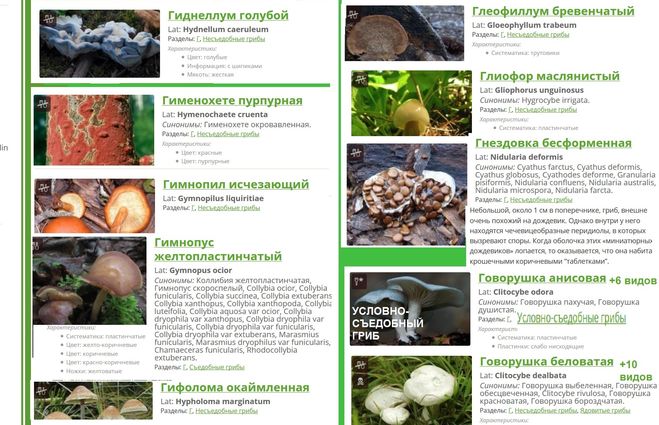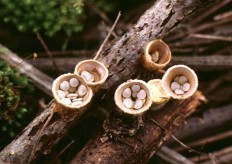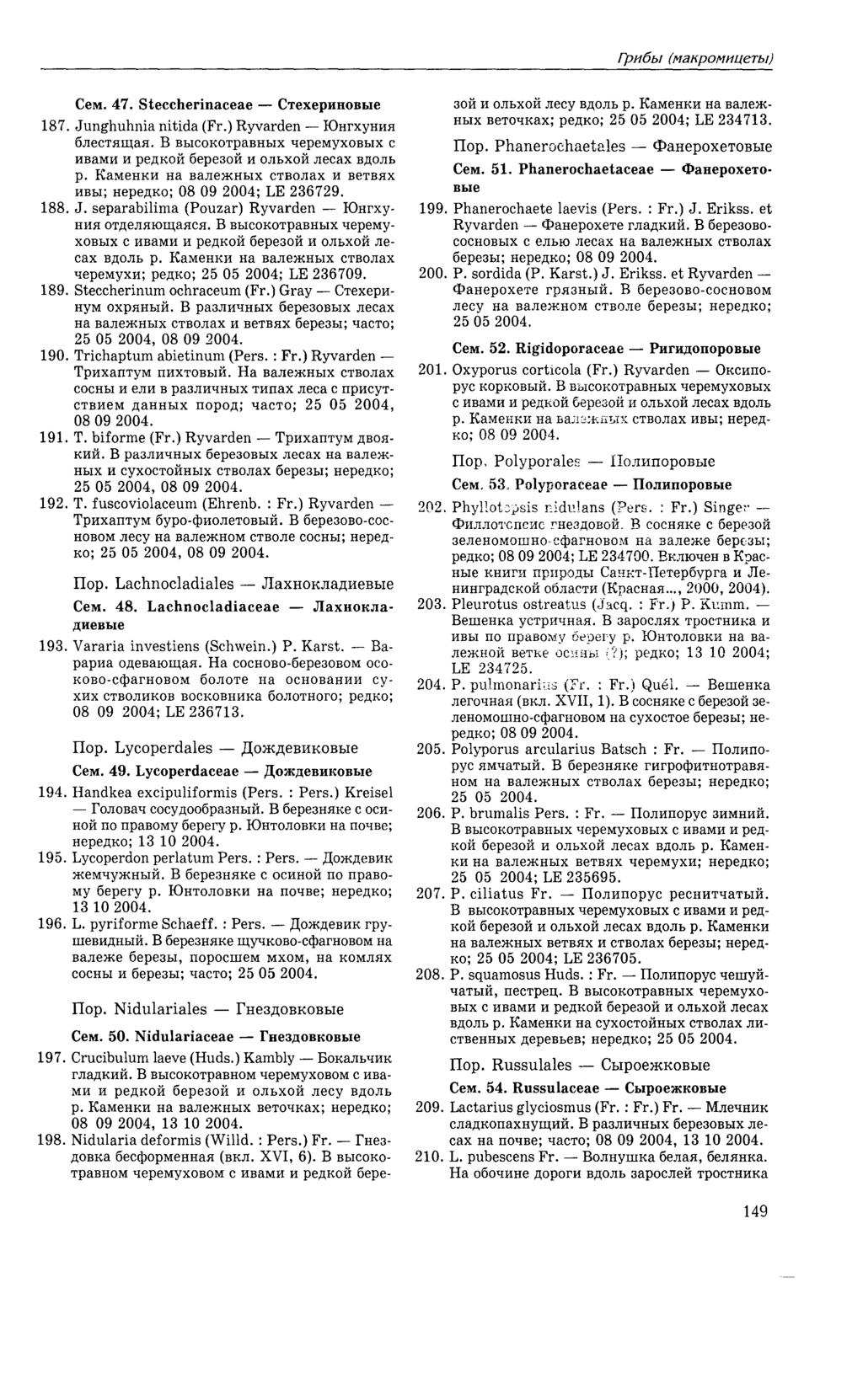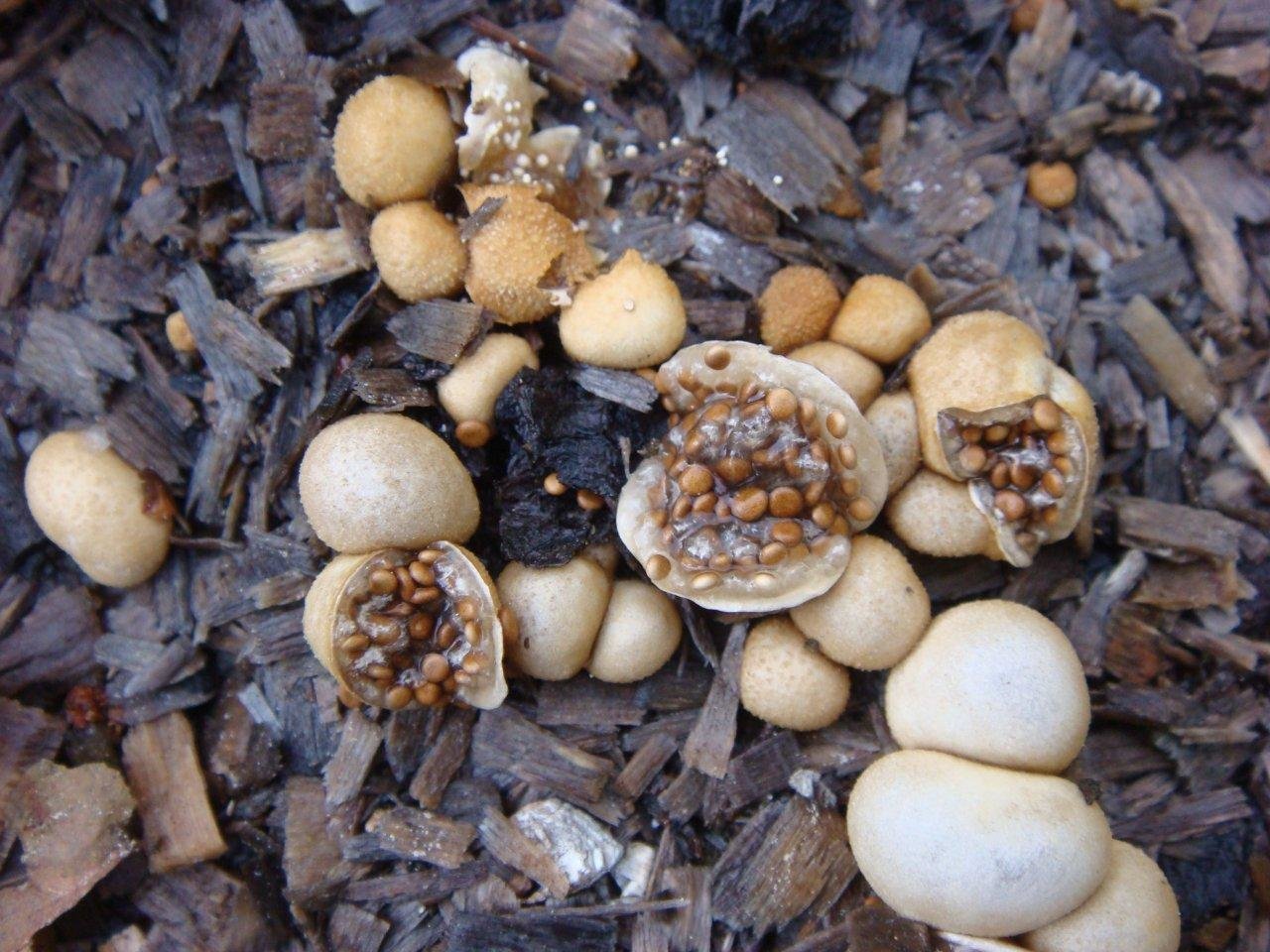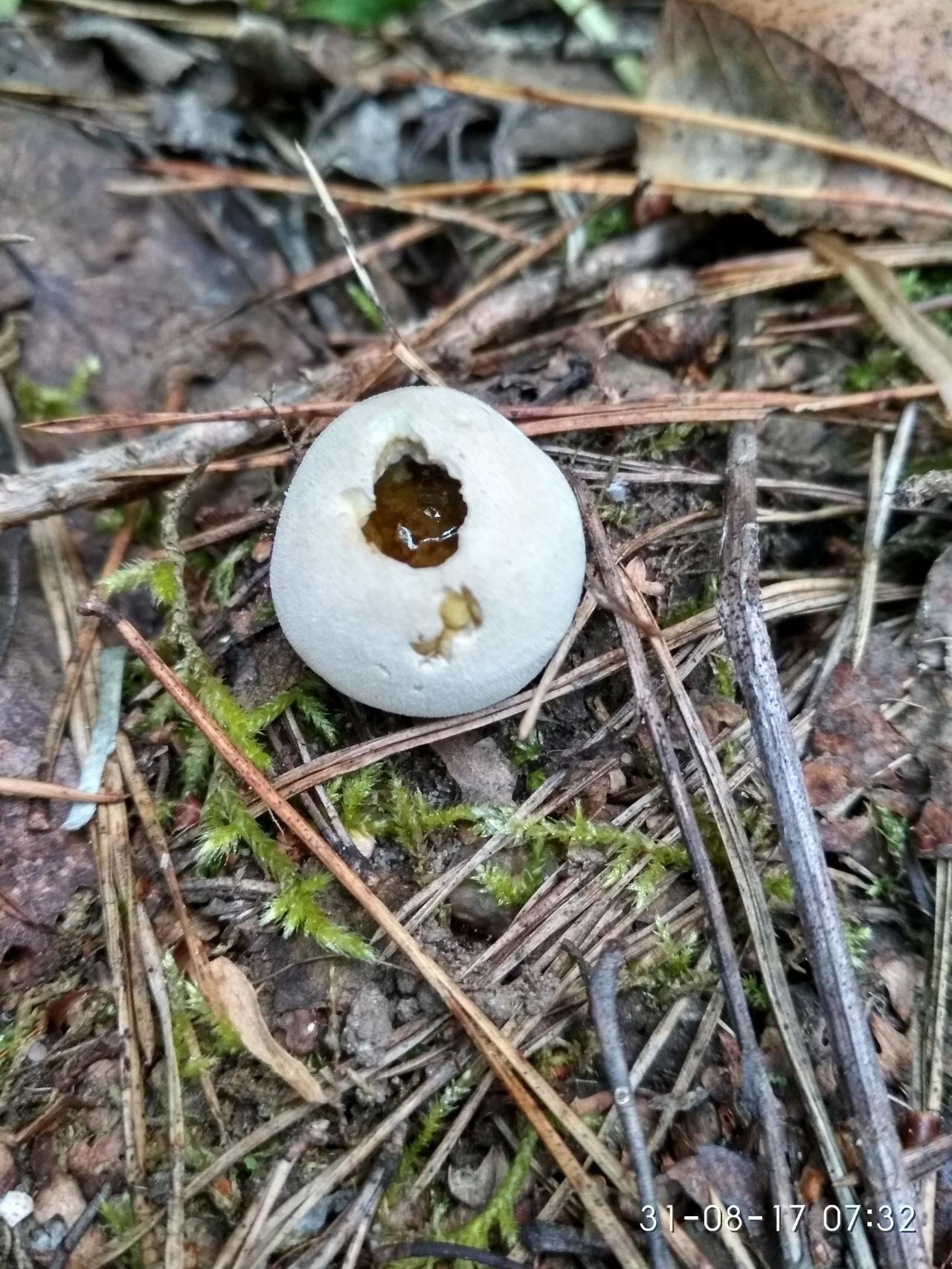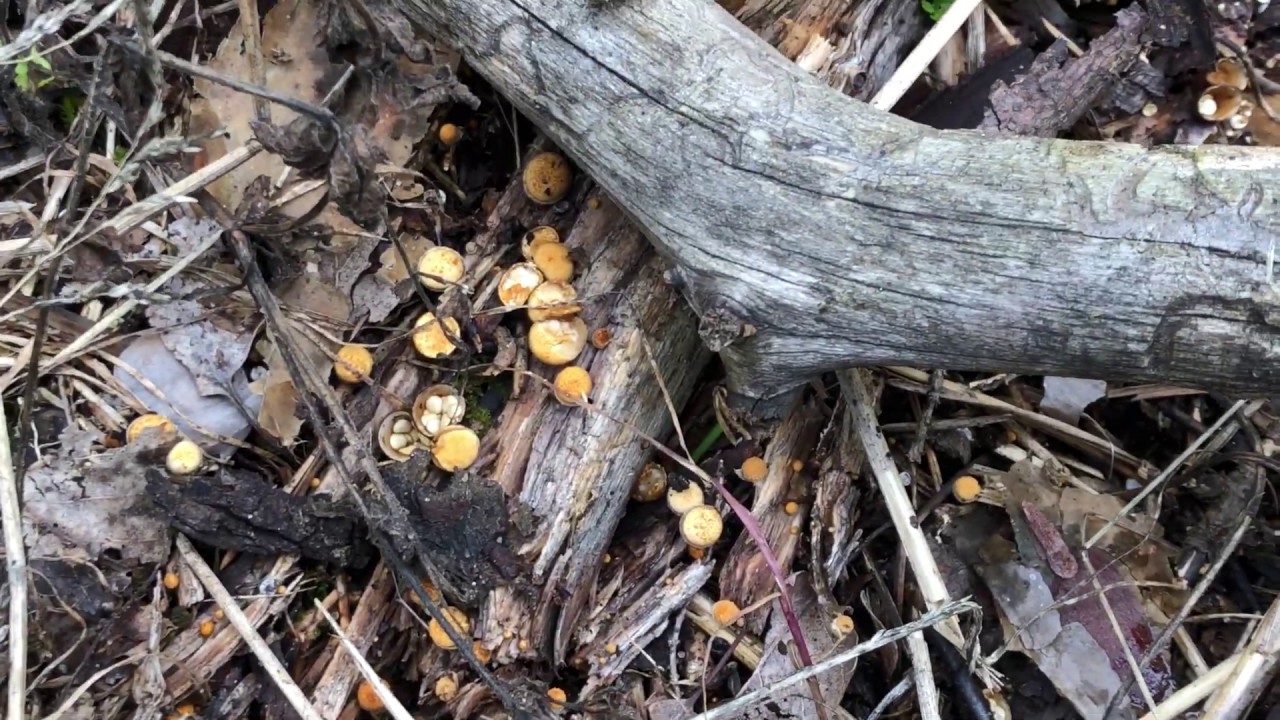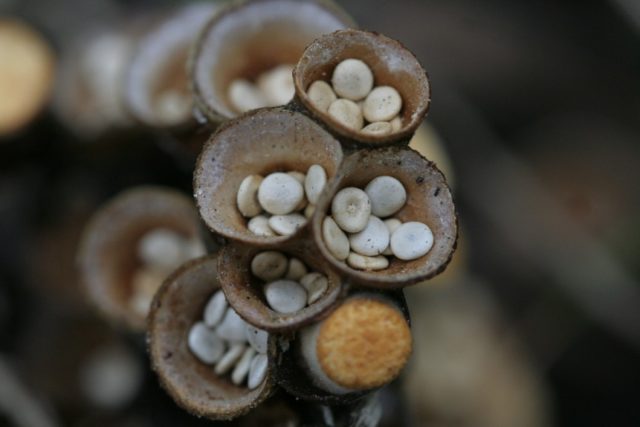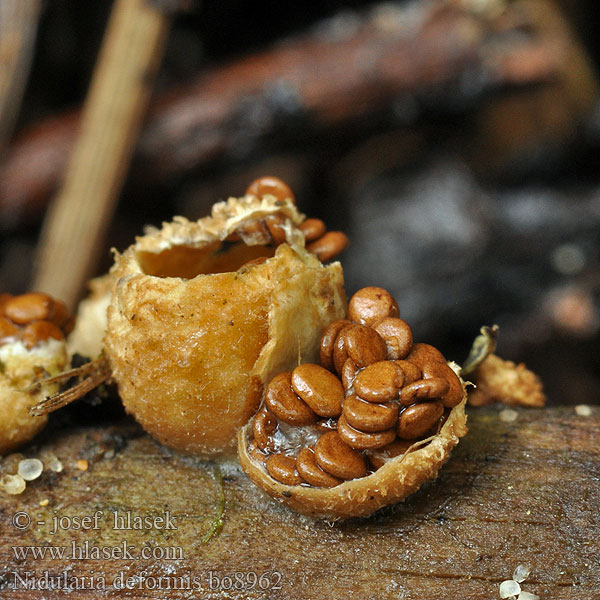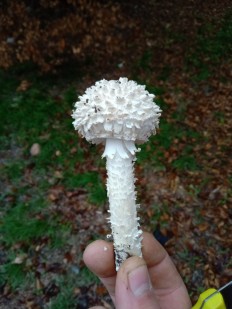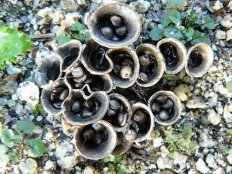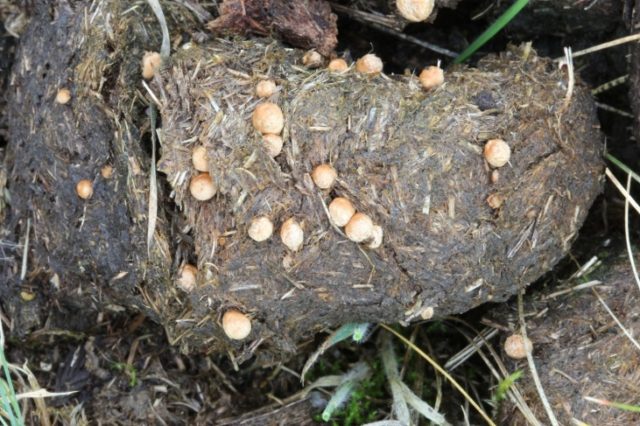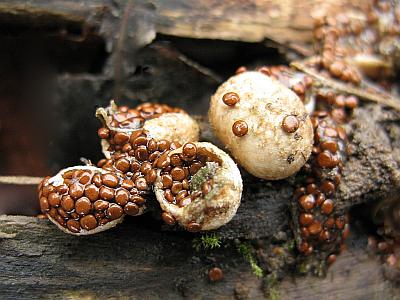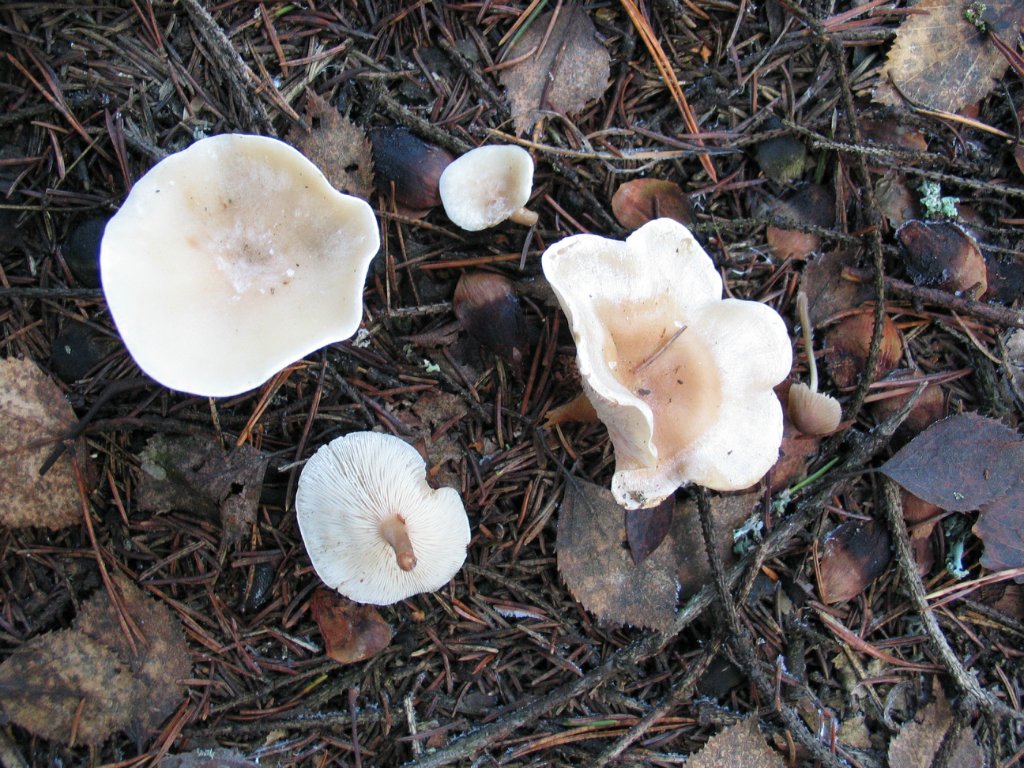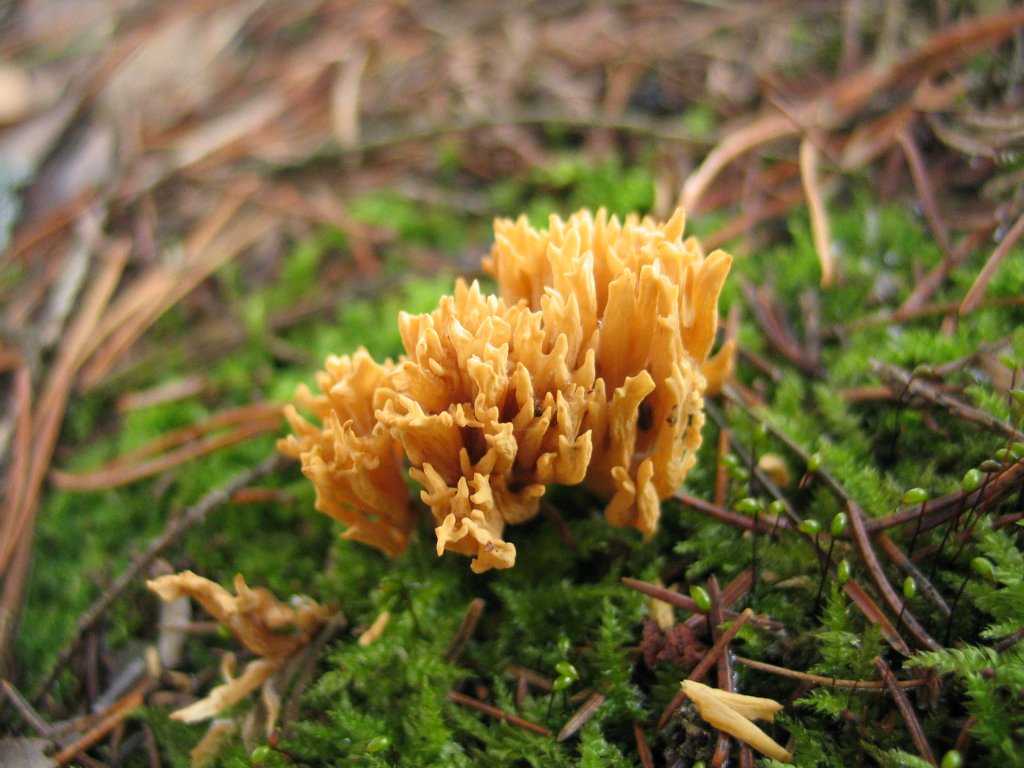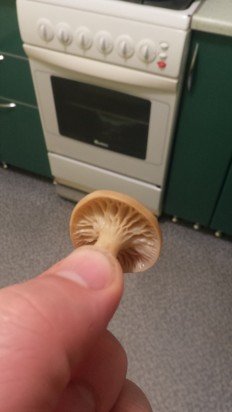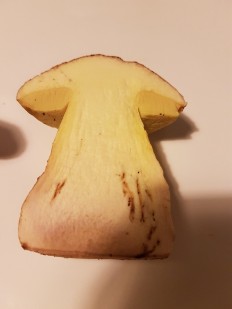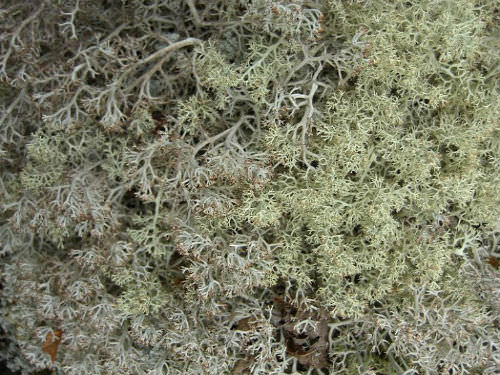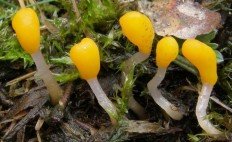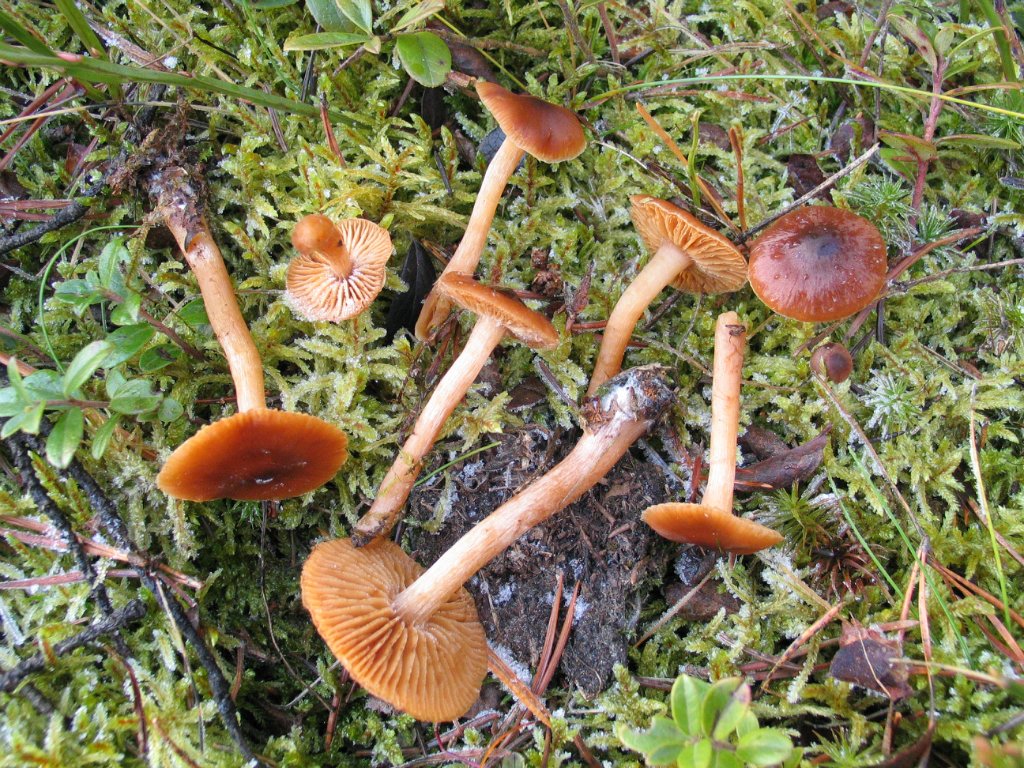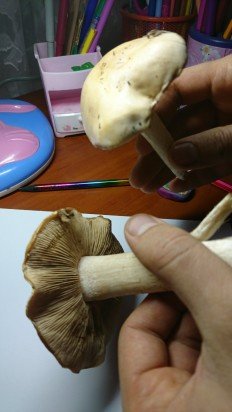Orchid nesting real (ordinary)

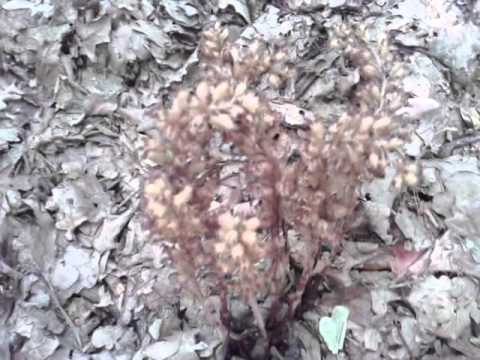
Real nesting is a rare plant that cannot be found in any flower shop. It grows in areas with a certain set of climatic parameters. Accordingly, its cultivation at home will require a florist to recreate them. The common nest is a perennial that can bloom without interruption for several months. Due to the fleshy root system of the epiphytic type, it does not need regular watering in the usual sense of the word. Care with the correct organization in the apartment is not difficult and allows you to grow large plants.
Neottia nidusavis belongs to the orchid family. Look at the real nest in the photo, where all parts of the plant are illustrated:
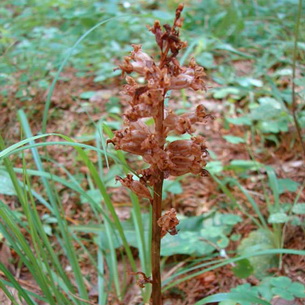

It is worth starting the description with the fact that it is a chlorophyll-free, saprophytic, yellowish-brown perennial plant with a shortened rhizome, on which radially diverging thick short roots are densely located.
Orchids have nodules underground. They look different at the real nest.
If you carefully dig out the plant, then instead of the usual nodules, you can see something amazing and unusual. Thick roots of the nest intertwined into a ball, vaguely reminiscent of a bird's nest
Hence the name of the plant.
The stalk is thick, glabrous, 20-30 cm tall, with scaly, underdeveloped leaves. The inflorescence is apical, racemose with 18 - 30 flowers. The brush is thicker at the top than at the bottom. The flowers are yellowish-brown, 6-8 mm in diameter, with a honey smell. Bracts are scarious, very small.
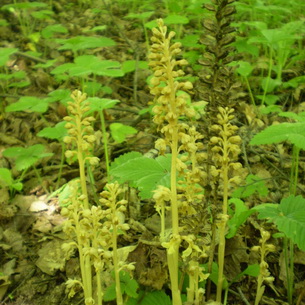
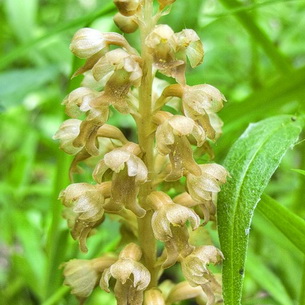
The nesting petals of small flowers, like all orchids, are not the same. One of them stands out especially for its size and shape. This is the so-called lip. It is wider and longer than other petals and is located at the bottom. The lip serves as a kind of landing site for pollinating insects that visit the flower in search of nectar. In some orchids, the lip is very large and has a bizarre shape (in our Central Russian orchid called "lady's slipper" the lip looks like a shoe).

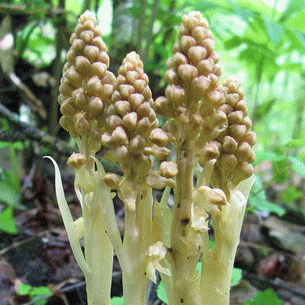
Fruits are elliptical capsules. Fruit set - 50 - 60%. In the fruits of the nest, like in other orchids, a huge number of tiny seeds ripen. There can be over a thousand such dust-seeds in each fruit. Seeds are spread by the wind, like pollen. Even weak air currents pick them up.
The nesting is an underground lifestyle, so it can only be found during flowering or by the dried shoots of the last year, which usually persist for a long time. Blooms in July; bears fruit in August. Occurs, as a rule, singularly. All studied populations are small.
6 Necessary care
Physiostegy care includes:
- regular watering of plants;
- loosening the soil;
- weed removal;
- mulching the base of the bush;
- top dressing;
- protection from pests and diseases;
- preparatory procedures for the winter.
Physostegia is a moisture-loving plant, therefore, in hot dry weather, its bushes should be regularly watered. But in the rainy season, this procedure can be done less often. After watering, you need to weed the area.
When grown on fertile lands, the plant is fed once a year with mineral water-soluble fertilizers. It is advisable to carry out this procedure before flowering. An excess of nutrients contributes to the lush growth of plants. This requires additional pruning procedures and operations to restrict the growth of the root system. Perennial does not like feeding with large doses of nitrogen. Very poor soils should be covered with humus. But feeding with humus does not replace the introduction of mineral fertilizers.
After flowering, black seeds with a ribbed surface are formed in the cups at the bottom of the bracts.They crumble to the ground in windy weather. Seeds are harvested in September, then they are dried in a well-ventilated dry place and stored.
In winter, remove all green parts of the physostegia above the ground (leaving no more than 5 cm above the soil), as they can freeze and cause the death of the bush. The roots of the flower need to be protected from frost with 10-15 cm of mulch.

Diseases and pests
This coniferous beauty is not afraid of many diseases that are detrimental to other trees. However, one must take into account its intolerance to high humidity. If the soil is overflowing with water, then a fungus, for example, a snow shute, can settle on it. In order to prevent this, in addition to fertilization, it will not interfere with periodic spraying with Bordeaux liquid. When the tree is already sick, then use compositions containing copper to treat it, they will help to overcome the fungus.
Nidiformis can be damaged by insects such as spruce sawfly and hermes. And also its trunk can attract the ubiquitous spider mite. At the initial stage of the lesion, you can save the spruce from the pest using a soap solution. This "old-fashioned" method is still widely used by summer residents at the initial stages of plant diseases. Wash the needles affected by the parasites with soapy water. In advanced cases, insecticides are no longer necessary.

What is interesting about the orchid nesting
And now we will find out why the nesting orchid is interesting, and how to identify this plant in the forest. Among the green forest grasses, this plant immediately catches the eye: it is completely differently colored than its neighbors. A coffee-with-milk-colored stalk rises from the ground, at the top of it there are a dozen and a half small flowers of the same color. In the lower part of the stem there are inconspicuous leaves in the form of scales. The whole plant is brownish, monochromatic, even its flowers do not stand out in any way.
The nest is completely devoid of chlorophyll, but it is not a parasite, but a saprophyte. By the way of feeding, it is similar to the cap mushrooms that grow on the soil in the forest. Nesting lives, like mushrooms, due to the decomposition of rotting plant residues on the surface of the soil and in its upper layers. Light does not play any role in the nutrition of this plant, it is simply not needed. It should be noted that nesting is a rare example of saprophytes among flowering plants.
The nest is not found very often in the forests. Usually it grows in single specimens located far from each other. Nesting is propagated only by seeds. If you pluck or dig up a plant before the seeds have spilled out, it will no longer recover here. Therefore, the nesting site should be protected as much as possible, as, indeed, all our other wild-growing orchids.
Look at the nest in the photo, which shows all its distinctive botanical features:




Maturation features
The fungus reproduces by spores. They can be distinguished by their oval, roundish and elliptical shape. The hat grows and develops inside the soil, as it matures, it changes color to a darker one and reaches a size of 5-6 cm. The leg of the jellyfish grows up to 30 cm. In texture, it slightly resembles milky white foam.
Irina Selyutina (Biologist):
The young fruiting body at the beginning of its development is in the soil and resembles an egg of white, grayish or yellowish hue in shape. It is located on a white mycelial weight. Its average diameter is about 6 cm.The shell is presented in two layers:
- external, or exoperidium: membranous;
- internal, or endoperidium: gelatinous.
Under the shell, the asexual part of the fruiting body is formed - the receptacle (also called the "leg") in the form of a hollow cylindrical column with spongy (cavernous) walls. At its top, the spore-bearing part, the gleb, is formed and then isolated. It is often called the "hat". The recipe can stretch up to 30 cm. At the same time, its growth rate is 5 mm in one minute. As it grows, it raises a black-greenish honeycomb gleb in the form of a cone-shaped cap with a small disc at the top. Soon the glebe spreads into black-green mucus with basidiospores.This mass drips down to the ground, emitting an unpleasant odor that attracts flies.
The general development of the fungus lasts 2 months, the formation of fruiting bodies takes only a few hours.
Unfortunately, the shameful lives no more than 48 hours (you can find him from summer to mid-November). It looks like a gray, rounded jelly with a weight at the base. During the ripening period, a brownish or olive cap rises on the spongy stalk. An unpleasant odor is formed.
By the end of the second day of existence, an ordinary merry-go-round ceases to smell, and after that it completely dissolves.
Formless nest: photo and description of the mushroom
| Name: | Formless nest |
| Latin name: | Nidularia deformis |
| Type of: | Inedible |
| Synonyms: | Cyathus farctus, Cyathus deformis, Cyathus globosus, Cyathodes deforme, Granularia pisiformis, Nidularia confluens, Nidularia australis, Nidularia microspora, Nidularia farcta |
| Systematics: |
|
Formless nest - mushroom of the Champignon family, genus Nest. The Latin name for this species is Nidularia deformis.
Description of the mushroom
Valuya's botanical name is Russula foetens. It belongs to the russula family, but many mushroom pickers do not want to take it into their basket. In numerous photos, you can see the specific external characteristics of the fruiting body, and a description of the taste of the mushroom and the place of its growth are listed below.
What does it look like
Valuy can be called differently - a sullion, a cowshed, a pig, a goby, a cam, a weeping mushroom. All of them arose due to the external specific characteristics inherent in this type of lamellar fungus.
Botanical description of Valui:
- The stem of the fruiting body is cylindrical. Its height is 5–15 cm, and its diameter is about 3.5 cm.
- The thickness of the massive cap is about 5 cm. In young specimens, it has the shape of a hemisphere, and with age it gradually flattens out and becomes like a saucer up to 14 cm in diameter. The edges of the cap of the mushroom adhere tightly to its stem.
- The lower part of the culb is colored light yellow. The hat is slippery, has a small notch in the center and has a light brown tint.
- On the lower surface of the apex of the mushroom, there are long cream or yellowish plates. They all the time emit a light liquid, leaving dark spots on the stem.
- The flesh is dense and brittle, white or creamy. From contact with air, the cut site quickly darkens.
Where it grows
Valui can be found in mixed and coniferous forest. In Russia, it is collected in the Caucasus, in the western part of Siberia, as well as in the Far East. Kulbiks are also common throughout North America and Eurasia. These mushrooms can grow in large groups on moist soils in a shaded area, especially at the foot of oaks, birches and pines.
Can i eat
Valui belongs to the category of conditionally edible mushrooms and is edible only after careful culinary processing. The flesh of a raw kulb has a bitter, pungent taste that can cause nausea. The fruiting body exudes a pungent, unpleasant odor that resembles rancid oil. Before heat treatment, Valui is soaked for a long time to remove the negative taste of the mushroom.
Cooking applications
Valui should not be eaten raw - its pulp has a bitter taste and a pungent odor. But these mushrooms can be salted and stewed with the addition of various spices, as well as boiled according to a recipe and used as an ingredient for first courses, salads, meat and vegetable stews, and baked goods.
Features of the use of pig mushroom in cooking are listed below:
- before cooking, the fruit body is cleaned of debris, the bitter skin on the cap is removed;
- to neutralize bitterness, mushrooms are soaked in cold water for 2-3 days, changing the liquid 2 times a day;
- it is recommended to take only value hats, since the legs have a more porous structure and are often affected by parasites;
- young specimens are best suited for cooking - their pulp is denser and less bitter in taste;
- boil the value for 40-50 minutes, dipping them in slightly salted boiling water;
- to marinate the pigs for the winter, they are boiled for 20 minutes, transferred to a container with a hot marinade of water, vinegar and spices, and then boiled for another 20 minutes and placed in sterilized jars;
- for the preparation of mushroom caviar, the valuei are cooked until tender, grind with a meat grinder or blender along with onions and spices, and then stew under a lid for about 15 minutes.
Real nesting: northern orchid
Real nest (ordinary) - perennial of the Orchid family.
Its other names:
- children's weed;
- baby;
- nest;
- nesting milkmaid;
- love spell.
Description
This is a very unusual plant - it is not green! A perfectly healthy nest - yellow when it just came out of the ground, and brown when it grew up. But how does it exist, because the green color of grass and leaves is a sign of chlorophyll content in them, without which plants cannot exist? The fact is that this plant is non-photosynthetic, it is a parasite and a saprophyte. The nest takes nutrients from the representative of the mushroom kingdom, it feeds, in fact, on the decay products of wood and foliage. This way of being is called mycoheterotrophy. It is naturally occurring in many Orchid species. Yes, nesting is a relative of tropical orchid beauties.
The plant was named nesting because of its roots: from a large rhizome, many radial processes grow, as a result, a semblance of a bird's nest is formed. A large number of these root-offshoots is necessary for a better "hunt" for nutrients. Plant height - no higher than 60 cm.
Real nesting (ordinary)
On the stems there are brown scales, undeveloped casting (why waste energy on growing them, if chlorophyll does not need to be produced), tightly fitting to the stem. But the inflorescences are powerful - up to 70 flowers. Their appearance is unattractive - the color is the same as that of the stem. But they smell nice - honey, so they are popular with bees. The fruit of the plant is a box with a huge number of tiny seeds. Out of thousands of seeds, only a few take root: they can germinate only when they get into the mycelium. In addition, the nesting seed does not have a supply of nutrients (like the seeds of all orchids), so the growing conditions should be close to ideal. The plant does not form thickets.
The common nest grows very slowly - only for 5-10 years of life, the grown rhizome can give a full-fledged shoot with flowers, before that it is an underground inhabitant. Sometimes the inflorescence fails to break through the thickness of the earth. Then the flowers open right underground, self-pollinate, the seeds ripen. After flowering, the rhizome dies, sometimes the development of a new rhizome from the apical bud is possible. Such a complex life cycle has led to the almost complete destruction of the species in a number of regions: the plant is listed in the Red Book. The love spirit loves a mild climate. It is found almost throughout the temperate and subtropical zone of Russia in forests of any type. Found in Europe (except northern countries), Iran.
The unusual nature of the plant led to the fact that they began to attribute magical properties to it. For example, the nest was used in love potions.
Healing properties
Real nesting is used only by folk healers. She expels helminths (infusion from the roots), treats aching teeth (her nickname in Ukraine is teeth). Plant preparations are used to treat festering wounds. The names "milkmaid" and "baby" indicate the practice of using it as a lactogone.
Medicinal use
For the needs of traditional medicine, real nesting is harvested during flowering (June). Dries at room temperature, on paper, in a thin layer. The roots are dug up in the fall.
Recipes
Compress on a festering wound:
Rub the fresh roots and the aerial part, put them in a gauze cloth, apply to the wound for 15 minutes. In the absence of a fresh plant, dry crushed parts are applied, sewn into a fabric bag and pre-scalded in boiling water.
Contraindications
Scientists have not studied the real nest for therapeutic use, there is no information about its composition, besides, the plant is on the verge of extinction, so it makes sense to choose more familiar and studied plant species for treatment.
The author of the article is phytotherapist-herbalist Cheremisin Vladimir Timofeevich
Varieties and twins
Like many other mushrooms, the barn has several counterparts. They are similar to Valui in appearance and in most cases are edible, but some specimens can cause serious harm to the human body.
A brief description of the cowshed fungus counterparts is presented below:
- The russula is buffy. It has a flat cap, the surface of which is colored greenish-yellow. The stem of the mushroom is white and smooth. This species is suitable for human consumption and grows in deciduous and coniferous forests throughout Europe.
- Almond russula. The peculiarity of this edible species is the specific bitter taste of the pulp of the fruit body and the characteristic almond aroma. You can find almond russules in deciduous forests.
- Russula Morse. On the lower surface of the cap of this mushroom, there are yellow plates, the edges of which are painted in purple. This species is common in deciduous and coniferous forests. Morse russula pulp is edible and exudes a characteristic almond aroma.
- False value (gebeloma or horseradish mushroom). Belongs to poisonous mushrooms and grows in humid forests from August to September. The leg of the hebeloma has a thickening near the base, and small scales are located on its surface. A small tubercle is visible in the central part of the wide and flat cap. The fruit body is colored dark yellow or brown, and the cut flesh exudes a pungent horseradish odor.
Similar species
Due to their non-standard shape and structure, these mushrooms are difficult to confuse with other relatives. Close to the shapeless nest are mushrooms called goblets, which also belong to the Champignon family. There are the following types:
- The glass is smooth. The fruit body is about 5 mm in diameter, and its height reaches no more than 1 cm. Initially, it is ovoid, covered with a yellowish or ocher felt film, which breaks after a while. After that, the fruit becomes open, retains a goblet or cylindrical shape. It contains lenticular peridiols. The habitat and season coincides with the shapeless nest. Nothing is known about its edibility.
- Striped goblet, the second name of which is striped nesting. The fruit body of the twin reaches a height of 1.5 cm. Initially, round or ovoid, brown in color, over time the shell breaks, partially remaining on the walls. Later it becomes cupped, reddish-brown or brown in color with small peridioles. Not edible.
- A glass of manure - in shape and structure, it is similar to the described specimen. However, the peculiarity is the yellowish or reddish-brown color of the fruiting body and black peridioli. Grows in dense groups from February to April. Inedible.
- Oll's Glass is a fairly common species that lives on or near rotting wood. At the initial stage of development, the fruiting body resembles a ball or a nest, over time it acquires a bell-shaped shape. A distinctive feature is lenticular peridiols attached to the sheath with a mycelial cord. Refers to the group of inedible.
Where the nest grows
Nesting occurs mainly in deciduous forests on rich loose calcareous soils, in areas with open grass cover. It is more typical for forests with a significant participation of aspen in the stand and nemoral elements in the grass cover. Locals know the places where the nesting site grows.
It is also noticed that this plant prefers shady forests with thickets of shrubs, where it has a large amount of humus, growing on acidic humus or among rotting roots.
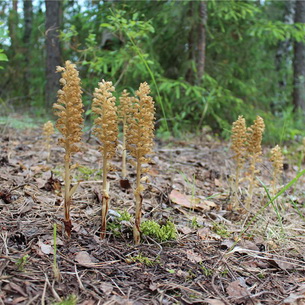

In Russia, it grows in the forest zone of the European part, in the Urals, in Western Siberia, in the Caucasus. Outside Russia - in Western and Eastern Europe, as well as in the mountains of Southwest Asia.
Growing physostegy from seeds
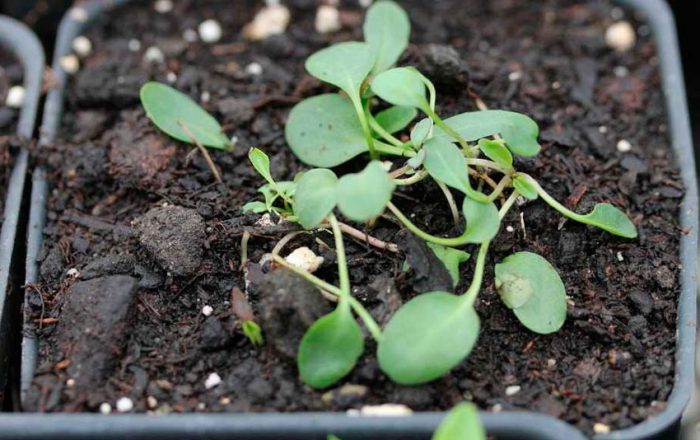
Sowing
Physostegia seeds are highly germinating. As a rule, they are sown in open soil immediately after collection. Such a flower is able to reproduce independently by self-seeding. With a strong desire, it is quite possible to grow physicalostegia through seedlings, especially if you want to get a new variety. Sowing seeds for seedlings is carried out in March. Crops should be transferred to the greenhouse.
Growing seedlings
The first seedlings can be seen 14 days after sowing. You need to care for the seedlings of such a flower in the same way as for the seedlings of almost any other garden plant. Watering is carried out only after the top layer of the substrate dries out. In the event that a crust appears on the surface of the soil mixture, it will need to be carefully loosened. Seedlings should be protected from drafts and direct sunlight.
Picking
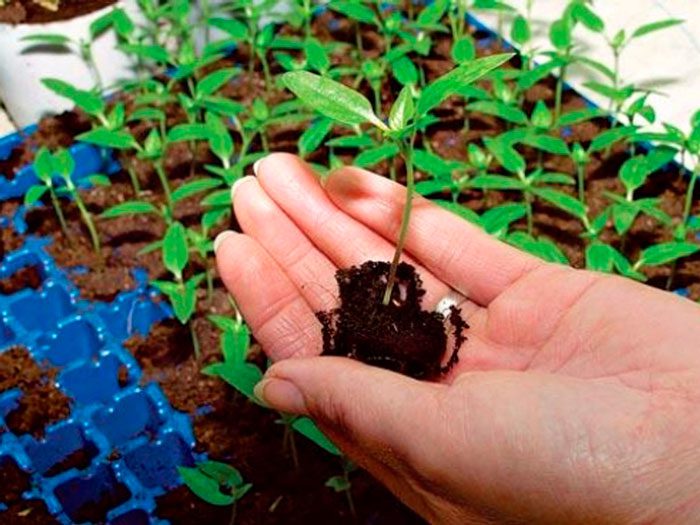
When the seedlings have a second true leaf plate, they will need to be picked. The distance between the unpicked plants should be from 7 to 10 centimeters. Half a month before the scheduled day of planting plants in open soil, you should start hardening them. To do this, the seedlings must be transferred to the street every day, gradually increasing the duration of their stay in the fresh air until they fully adapt to the new conditions.
Types and varieties of astrantia with photos and names
In total, there are more than 10 different types of Astrantia, but only 3 of them are cultivated most.
Astrantia major, or large astrantia
In nature, this species can be found in the west of the European part of Russia, in Moldova, Ukraine, Belarus, Central Europe and in the Baltic countries. Such a plant prefers to grow on lawns and edges of deciduous and coniferous forests. The height of the spreading bush is about 0.7 m, and its diameter is about 0.4 m. The root rosette consists of three to seven-part long-petiolized leaf plates. Light pink flowers are collected in simple umbrella-shaped inflorescences, the diameter of which is about 50 mm. The color of the leaves of the wrapper is green or light pink. It has been cultivated since 1597. The most popular varieties:
- Moulin rouge. The inflorescences are colored wine-red, while the leaves of the wrapper are of a darker, almost black shade. The flowers of bushes grown in sunny areas are most effective.
- Ruby Wedding. The bush reaches a height of 0.65 m, the color of the flowers is dark red. This variety is recommended to be grown in a shaded area.
- Claret. The color of the flowers is burgundy, transparent wrappers of the same color. The height of the plant is 0.55 m. Astrantia blooms in the first days of July, and flowering ends in the last days of September. Recommended to grow in partial shade and shade. Can be cultured in a container.
- Diva. The flowers are dark red, and the wrappers are colored in a lighter shade. Plant height approximately 0.7 m. The variety can be grown in a sunny or shaded area.
- Venice. The color of the inflorescences is ruby.
- Lars. The height of the bush is about 0.75 m, it is decorated with pink inflorescences, their color is so rich that it seems to glow in the dark.
- Sunningdale Variegata. The color of the inflorescences is pale lavender. On the surface of the green leaf plates there are strokes of cream and yellow-golden color.
- Rosensimphony. The height of the plant is about 0.7 m. The inflorescences are pink, and the wrappers are pale pink.
- Rosea. Plant height is about 0.6 m. Inflorescences are bright pink, and leaf plates are spotty.
- Snowstar. The color of the flowers is white, and the wrappers are white with green. The plant reaches a height of 0.55–0.7 m. It is recommended to grow this variety in partial shade and shade.
- Abby Road. Astrantia is red, the color of the inflorescences is purple, and the wrappers are of a darker shade.
Astrantia maxima
The homeland of this kind is the Caucasus. The height of such a compact plant is 0.7 m, it is long-rhizome. The leaf plates are tripartite.The diameter of simple umbellate inflorescences is 45 mm, they consist of small pink flowers. The leaves of the envelope are colored very pale red, they are membranous and reach 10 mm in length. Flowering is observed in August and September.
Astrantia minor
In nature, such a plant is found in the southern part of Western Europe, prefers to grow in the mountains. The height of the bush is almost 1 m. The leaf plates with long petioles are three to seven-part. The diameter of the umbellate inflorescence is 30 mm, it consists of a large number of pink-white flowers. Flowering is observed in July-August. Cultivated since 1868
Astrantia carniolica
It is a herbaceous perennial plant. Opposite leaf plates are palmate-separated. Umbellate inflorescences are composed of white flowers. The most popular variety is Rubra. The color of flowers and wrappers of this variety is bright pink, turning into red. The plant reaches a height of 0.7 m. Flowering begins in the last days of May and ends in the last days of August.
Also, gardeners sometimes cultivate three-cut Astrantia, Bieberstein, hellebore and Bavarian.
Astrantia

